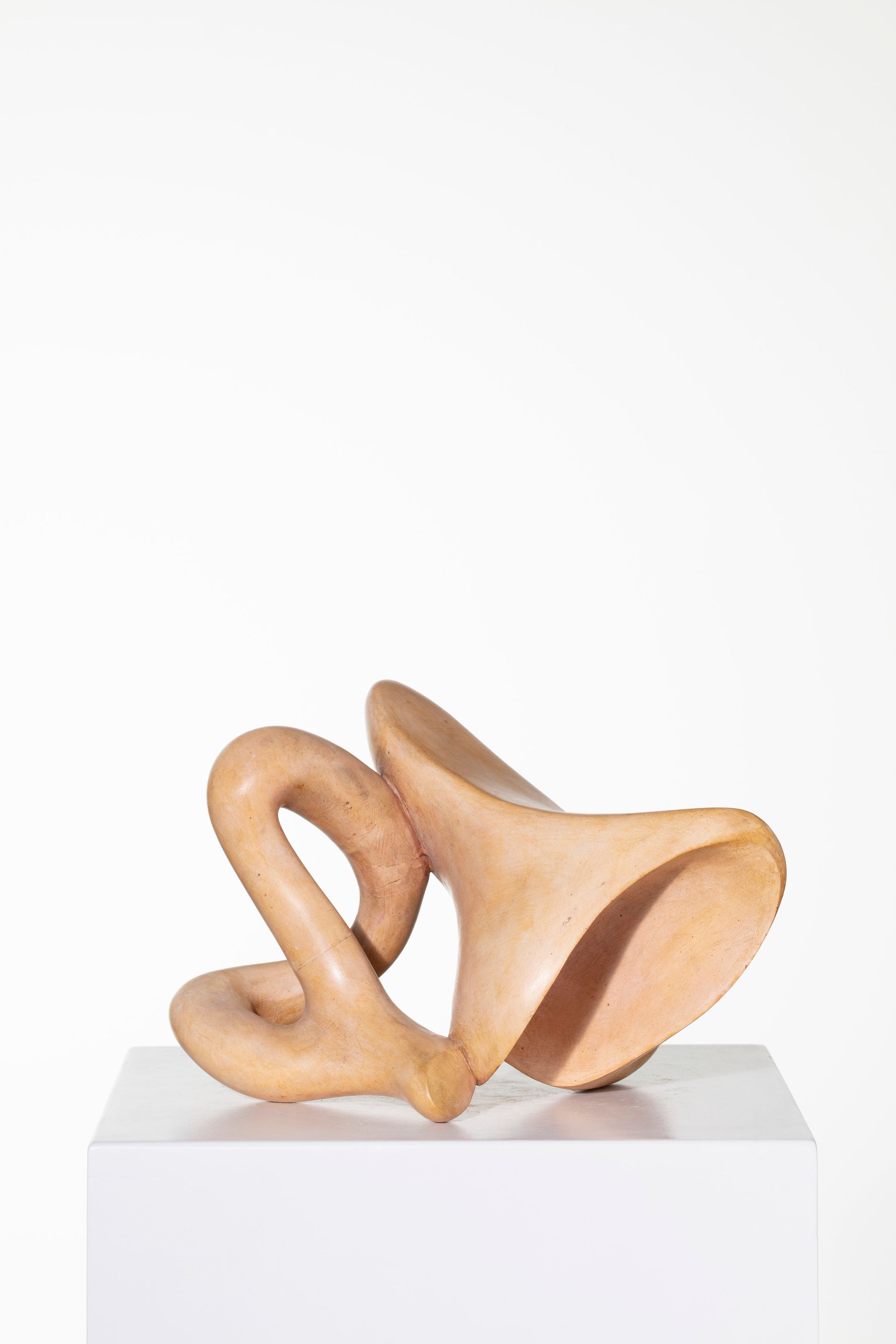Ten museums around the world will receive major donations from the estate of Hans Arp, the artist recognized as one of the pioneers of Dada movement. This unprecedented donation will distribute 220 plaster sculptures to various institutions on three continents, providing better access to a wide international audience.
The Arp domain, says Foundation Arp eV, founded in 1977 and based in Berlin, announced the donation on June 1. More than half of the host institutions will acquire their very first Arp works, including the Hepworth Wakefield in England, the National Museum in Oslo and the Beelden aan Zee Museum in The Hague.
Many works in plaster have never been exhibited publicly before. Dating from 1933 to 1966, the year Arp died at the age of 79, they show how the artist found endless possibilities in this malleable material, transforming it into the playful biomorphic shapes for which it is the most known. Allowing him to experiment with sculpting techniques, these dynamically contoured wandering pieces reflect Arp’s intuitive methods of addition and subtraction. Many were models for sculptures eventually made in bronze or stone.
Each museum will receive 22 works and will together constitute a “carefully selected group” of institutions, the domain’s director, Engelbert Büning, said in a statement. The majority of them are in Europe: the Skissernas Museum in Lund, Sweden; Albertina in Vienna; and the Gerhard Marcks House and Arp Bahnhof Rolandseck Museum, both in Germany. Two museums, the Nasher Sculpture Center in Dallas and the Harvard Art Museums in Massachusetts, are based in the United States. And the works traveling the furthest will go to Melbourne, ending up in the National Gallery of Victoria.

Hans Arp, Chosen by the flowerscirca 1957-58 Photo: Rüdiger Lubricht, © Stiftung Arp e. V., Berlin, VG Bild-Kunst, Bonn 2023
Parts of this geographic breakdown are a nod to the artist’s journey: born in Strasbourg, France, in 1886 to an Alsatian mother and a German father, Arp lived at various times in his life in Paris and Zurich, where in 1915 he met the artist. Sophie Tauber, his collaborator and first wife. (Stiftung Arp eV also oversees his artistic domain.) Arp spent his last years in Basel with collector Marguerite Hagenbach, whom he married in 1959.
“Arp’s cultural identity was formed over a long period of charged nationalism; in response, the artist refused to confine himself to a single language, nationality, art movement or material,” Büning said. “Switching between abstraction and representation, organic and geometric forms, his work continues to affirm the importance of art as a means of breaking down boundaries.
The distribution of the estate’s holdings marks a first step in its efforts to expand scholarship on Arp through direct donations. The foundation plans to add more museums to this unofficial network over time, with a focus on institutions in two continents not included in current giving, Asia and Africa.
“By expanding research and dialogue around Arp, the donations ensure that scholars and the public can further research this important part of art history,” Büning added, “while recontextualizing how whose output continues to resonate and remain relevant to audiences around the world today.”
